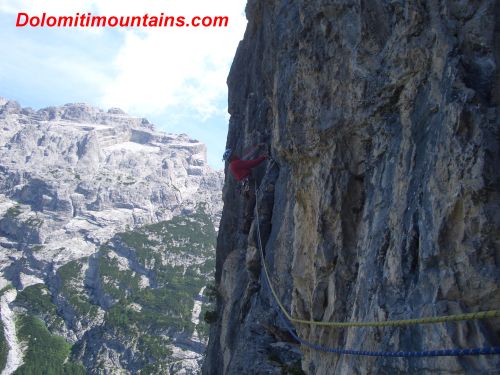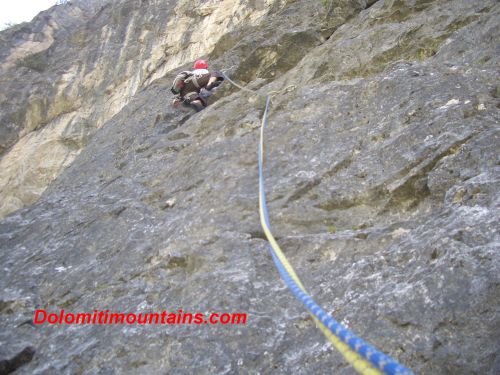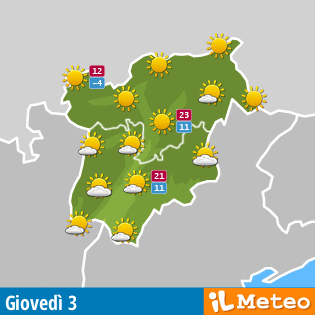Dolomites Climbing: The Pinnacle of Mountaineering Excellence
Dolomites climbing isn't just a pastime—it's a symbiotic pairing celebrated in the world of mountaineering.
 |
| Italian |

The Dolomites are globally recognized for their unique allure, drawing climbers from every corner of the planet. For those passionate about dolomites climbing, these Pale Mountains stand as a crucial destination. The peaks of the Dolomites have played pivotal roles in the evolution of mountaineering.
Dolomites Climbing: Historical Significance

Dolomites climbing history has it that the 19th century marked the beginning of significant climbs, with early English explorers like John Ball conquering Pelmo, aided by local guides and hunters.
Following closely were German and Austrian climbers like Paul Grohmann, who were the first to ascend notable peaks such as Tofane, Sorapiss, and Marmolada. Grohmann, often accompanied by local guides, further established the Dolomites as a premier climbing destination.
These guides, many of whom were converted hunters, became trusted companions. The Ampezzo guides like Lacedelli and Dimai laid the groundwork for future generations, continuing the mountaineering legacy in Cortina d'Ampezzo, famously becoming part of the legendary Scoiattoli group.
Dolomites Climbing: Key Ascents and Pioneers
A milestone in climbing history was achieved in 1877 when San Vito guide Cesaletti made the first solo ascent of Torre dei Sabbioni in the Marmarole.
Moving into the 20th century, climbers like Preuss, Winkler, Dulfer, and Piaz executed daring fifth-grade ascents. The 1930s saw further advancements with sixth-grade climbs by mountaineering icons such as Comici, Cassin, Soldà, and Carlesso, turning the Dolomites into a crucible for experimentation and discovery.
Dolomites Climbing: Evolution of Climbing Techniques
The 1960s witnessed a surge in artificial climbing, characterized by the extensive use of aids such as ladders, pitons, and expansion bolts.

This era saw direct routes being established on major Dolomite walls, with notable climbs by Piussi, the Scoiattoli, and teams from Germany and France.
The 1980s brought the rise of free climbing, emphasizing a purer form of the sport where protection aids are used solely for safety. This period saw climbers like Manolo push the boundaries of the sport, famously climbing barehanded and sometimes even barefoot.
Modern Climbing in the Dolomites
In recent years, Dolomites climbing has reached new heights with the liberation of old artificial routes like the Spanish Route and the Italo-Swiss Route in Tre Cime, achieving grades up to 8b. Climbers like Mauro Bubu Bole, Alex Huber, and Kristoph Heinz have pioneered new routes, reaching grades up to 8c.
The Unique Appeal of the Dolomites
The Dolomites' enduring appeal lies in their unique geological structure. Formed from ancient sea beds through the action of microorganisms depositing calcium and magnesium carbonate, the Dolomites feature vertical walls, unique architecture, and lengths rarely found elsewhere. This distinctive rock formation provides a climbing experience unlike any other in the world.
The Future of Dolomites Climbing
What does the future hold for mountaineering in the Dolomites? As climbing techniques continue to evolve, the Dolomites will remain a hub of innovation and discovery. Their unparalleled beauty and challenging climbs ensure that they will continue to be a cornerstone of global mountaineering.
Embark on your next climbing adventure in the Dolomites, where history, challenge, and unparalleled beauty await. Plan Your Climbing Adventure Here
Stay tuned for more insights and stories as you plan your next climbing adventure in the Dolomites. Whether you're an experienced climber or a beginner seeking an unforgettable experience, the Dolomites offer something for everyone. To know more about Mountain Climbing
